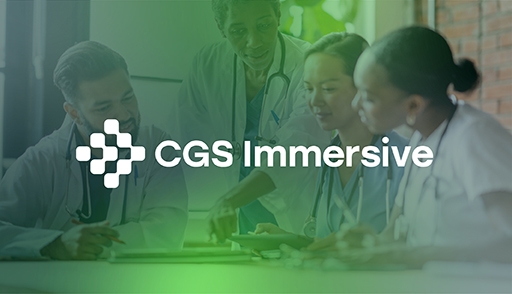Using Integrated Learning and Development in Life Sciences to Unlock Growth

Life Sciences is changing fast. Regulatory shifts, complex products, and global teams mean L&D can’t just deliver content—it must drive transformation. Yet, fragmented tools and siloed initiatives rarely deliver the measurable impact leaders need to meet this new demand. Instead, you need to switch to an integrated learning approach that ties all aspects of role into a collective, educational ecosystem.
Why does integrated learning matter?
A siloed approach to L&D leads to inconsistent training, wasted resources, and missed business goals. For a global MedTech manufacturer with teams spread across regions, a lack of integration can mean varied product knowledge and inconsistent sales pitches. Integration aligns L&D with compliance, sales, and operational excellence, ensuring a unified, effective approach to training.
Our integrated learning and development case study
Siloed and ineffective L&D was a challenge faced by organizations like BioLife, who need unwavering procedural consistency across a distributed network of plasma collection centers. A fragmented training approach can lead to errors, inefficiencies, and compliance risks. The solution lies in a holistic blueprint that connects strategy with cutting-edge technology. The solution was our approach to L&D in Life Sciences.
How do you implement integrated learning?
To adopt a comprehensive integrated learning and development strategy, follow our three-pillar blueprint.
We've developed a blueprint that unites strategy, practice, and application for total L&D transformation. It’s built on three synergistic pillars:
- Transformation services: This is your strategic foundation. We provide expert consulting and needs analysis to align your L&D strategy directly with your business goals, ensuring every training initiative has a clear purpose and measurable outcome.
- Cicero (AI-powered roleplay): This is where readiness is built. Our award-winning AI platform, Cicero, provides unscripted, lifelike practice for critical conversations and compliance scenarios, ensuring your teams can handle any real-world interaction with confidence.
- TeamworkAR (immersive AR guidance): This is where knowledge meets application. Our AR solution provides on-the-job, just-in-time support for technical roles and procedures, accelerating onboarding and reducing errors in the field or lab.
The power of this blueprint is in its synergy. CGS Immersive’s Transformation Services identifies the skills gap; Cicero builds the conversational skills to close it; and TeamworkAR ensures procedural excellence for the new products you're selling. This integrated system provides consistency and quality across all regions, unlike fragmented, localized training efforts.
What results can integrated learning produce?
This integrated approach is not just a theory; it delivers profound results. Peer organizations are achieving:
- 30% reduction in onboarding time and 40% improvement in compliance pass rates.
- 75% faster ramp-up for critical roles.
- 25% improvement in L&D ROI.
This comprehensive blueprint moves L&D beyond just delivering content to becoming a strategic partner in driving innovation, ensuring patient safety, and securing long-term growth.
Are you ready to adopt integrated learning to transform your L&D for Life Sciences? Integrated learning isn’t just a better way to train, it’s a smarter way to grow. In the fast-moving Life Sciences sector, where precision, consistency, and speed are non-negotiable, fragmented training can no longer keep up. By uniting strategy, technology, and application, integrated learning enables organizations to deliver measurable impact across regions and roles.
The result is a more agile, aligned, and high-performing workforce that’s ready to meet the demands of today and drive the breakthroughs of tomorrow.
Download our guide to learn more about our approach to L&D for Life Sciences: The Future of Life Sciences L&D

